I came across this interesting article regarding the general protein requirements of athletes written by Michelle Minehan and the Department of Sports Nutrition and thought I would pass on her valuable insight.
Protein – How Much?
Much controversy surrounds the protein requirements of athletes. In the scientific world, protein requirements have been well researched and, in recent years, scientists have come to a consensus. Public opinion however, tends to move in cycles with opinion being influenced by the media, the internet and pseudo-scientists. At one stage protein is unimportant, the next, protein is flavour of the month and the predominant nutrient on everybody’s menu. It’s no wonder many athletes are struggling to decide just how much protein is enough?
Why is protein important?
Protein is an essential nutrient in the diet, being used to manufacture body proteins that have important structural and functional roles in the human body. Structural proteins are needed to build connective tissue, cell membranes and muscle cells. Regulatory proteins act as enzymes or transport vehicles. Proteins are made up of various sequences of about 20 different amino acids. Nine of these amino acids are essential and must come from the diet or from the breakdown of other proteins in the body. Some amino acids are used as a minor fuel source during exercise.
Do athletes require more protein?
In the last 20 years, detailed research has enabled scientists to measure protein turnover during exercise and recovery, and to monitor protein balance in athletes. Endurance athletes in heavy training require extra protein to cover a small proportion of the energy costs of their training and to assist in the repair and recovery process after exercise. Strength athletes, who are interested in gaining muscle size and function, require more protein in the early stages of very intensive resistance exercise. However, strength athletes seem to adapt to the stress of exercise, so that the protein requirements to maintain protein balance in very well-trained athletes are only marginally greater than those of generally active people. Athletes who are growing, such as adolescents, have additional protein requirements. The table below summarises protein requirements for different types of athletes or exercise activities. Since athletes come in various shapes and sizes, it is easier to keep track of these requirements by relating them to the size (body mass or BM) of the athlete.
Table 1: Estimated protein requirements for athletes
| Group | Protein intake (g/kg/day) |
| Sedentary men and women | 0.8-1.0 |
| Elite male endurance athletes | 1.6 |
| Moderate-intensity endurance athletes(a) | 1.2 |
| Recreational endurance athletes(b) | 0.8-1.0 |
| Football, power sports | 1.4-1.7 |
| Resistance athletes (early training) | 1.5-1.7 |
| Resistance athletes (steady state) | 1.0-1.2 |
| Female athletes | ~15% lower than male athletes |
(a)Exercising approximately four to five times per week for 45-60 min
(b)Exercising four to five times per week for 30 min at <55% VO2peak
Source:Burke and Deakin, Clinical Sports Nutrition, 3rd Edition, McGraw-Hill Australia Pty Ltd, 2006
Do athletes need to eat more protein-rich foods?
Even if an athlete has a higher requirement for protein than a sedentary individual, does this mean that they need to change their eating practices to increase their protein serves? In particular, do they need to focus only on very high protein foods, or take protein supplements? Typically, the Australian diet provides about 12-15% of energy intake in the form of protein, and the average Australian easily consumes more than 150% of the recommended dietary intake of protein from such a dietary mix. Generally, athletes enjoy the advantage of increased energy requirements that make it possible to consume even larger amounts of protein and other nutrients than the sedentary person. Numerous dietary surveys show that the dietary patterns reported by various groups of athletes provide protein intakes that are well in excess of 1.2-2.0 g/kg body mass per day – especially in the case of strength-training athletes. Therefore, there is no justification for special high protein eating strategies for sport.
It seems that some athletes swear by high-carbohydrate diets, while others have moved to high-protein diets? Who is right?
Although there appears to be a new battle looming between high-protein devotees and high-carbohydrate devotees in sport, in fact there is no need to take one extreme view or the other. Many athletes do not realise that it is possible, and beneficial, to consume a diet that achieves the muscle’s carbohydrate fuel needs, as well as providing a protein intake that easily meets the increased protein needs for sport. In fact, in many situations, a meal or snack providing a combination of carbohydrate and protein is the best way to meet sports nutrition goals. These nutrients should be teamed-up, over the day, and at specific times, to achieve an optimal eating plan. The following menu plan shows food choices that achieve high carbohydrate and protein intakes simultaneously.
| Quantity of food required to provide high carbohydrate and high protein needs for a 70 kg athlete | Amount of carbohydrate (g) | Amount of protein (g) | |
| Breakfast | 2 cups cereal 300 ml milk 2 slices toast 2 tablespoons jam 1 cup juice |
39 16 30 36 19 |
6 12 8 0 2 |
| Lunch | 2 bread rolls each with 50 g chicken + salad 1 banana 1 fruit bun 250 ml flavoured low fat milk |
78 20 34 17 |
41 2 6 13 |
| Dinner | Stir-fry with 2 cups pasta + 100 g meat + 1 cup vegetables 1 cup jelly + 1 cup custard |
100 82 |
50 13 |
| Snacks | 750 ml sports drink 1 carton yoghurt 1 piece fruit 1 cereal bar |
51 33 18 24 |
0 10 1 2 |
| Analysis | 594 g (8 g/kg) |
166 g (2.3 g/kg) |
How does timing and teamwork of protein and carbohydrate work?
Recovery after each workout or competition is a challenge for the athlete with a busy timetable. Recovery processes are complex and include refuelling, rehydrating and repairing. Muscle and body protein metabolism is a constant balance between protein breakdown and protein rebuilding. During exercise the balance shifts towards protein breakdown, while during recovery the balance tips in the opposite direction. Recent evidence shows that consuming protein immediately after exercise appears to enhance muscle uptake and retention of amino acids, and promote a more positive protein balance. At least this has been observed in the hours after the training session. It is still not clear whether these benefits are apparent when the 24 hour picture is looked at, or whether this change will lead to increased muscle size and strength. But, at this stage it looks like a useful strategy to promote recovery from workouts that cause muscle damage or stimulate muscle growth. The most important news is that the effect of post-exercise protein intake is best seen when the protein is combined with carbohydrate. Carbohydrate intake stimulates an increase in the hormone insulin, which in turn, stimulates the muscle to take up the amino acids. A protein-carbohydrate snack or meal after a workout makes good sense – not only for muscle repair and adaptation to training, but to provide carbohydrate fuel to restore muscle glycogen levels. Snacks or light meals that achieve this team-work include:
- Flavoured yoghurt
- Flavoured milk drinks
- Fruit smoothies
- Liquid meal supplements (e.g. Sustagen Sport)
- Sandwiches with meat, cheese, chicken or peanut butter fillings
- Breakfast cereal and milk
- Sports bars
Can athletes have too much protein?
Daily protein intakes under 2 g/kg BM in healthy people are unlikely to cause side effects. Less is known about the long-term side effects of protein intakes above 2 g/kg/BM. High protein intakes can increase the amount of calcium excreted in the urine. This may cause problems with athletes at risk of weakened bones – for example, female athletes with low energy intakes who are not menstruating. High protein intakes are also known to accelerate the progression of pre-existing kidney disease.
From a nutritional point of view, excessive intakes of protein tend to be expensive especially if protein supplements are used. High protein intakes based on the consumption of large amounts of animal foods (e.g. meat and dairy foods) can result in a greater fat intake. High protein intakes may increase fluid requirements. However, the main concern is that excessive focus on high protein foods may displace other valuable foods (e.g. fruit and vegetables) or other important nutrients such as carbohydrate and fibre from the diet.
Can athletes have too little protein?
Although the majority of athletes eat more protein than is required to meet their special needs for sport, there are some athletes who may eat diets inadequate in protein. These athletes include:
- Athletes on low energy diets trying to achieve or maintain a lower body mass/body fat level, especially those undertaking extreme restriction to lose weight rapidly
- Athletes restricting dietary variety, especially those cutting out large numbers of food groups. This includes fussy eaters and people with extensive allergies or food intolerances, athletes travelling to places with a restricted food supply, and athletes following extreme carbohydrate-rich diets or poorly constructed vegetarian diets. Athletes with eating disorders or disordered eating problems, and those following fad diets (e.g. the Cabbage soup diet, or long-term juice and vegetable fasts) are also at risk of sub-optimal protein intake among other nutrient inadequacies
Failure to consume sufficient protein on a regular basis may cause muscle to be broken down to ensure a continual supply of essential amino acids in the body. This will lead to loss of strength and power, or a failure to make optimal gains from training.
Which are the best foods to provide protein?
The following table indicates the protein content of many basic foods. Many people typically turn to meat, poultry and dairy products to obtain protein. Don’t forget that plant foods such as bread, pasta, rice, breakfast cereal, legumes, lentils and nuts also contribute significant amounts of protein to the overall diet. Remember also, that many common foods or mixed dishes are made up of these basic ingredients. For example, we sometimes forget that custard or rice pudding is made with milk, or that meat or chicken are in the sandwich filling, or pasta sauce. Mixing and matching foods is a good way to team up protein, carbohydrate and other nutrients. Ideally, a mixture of protein sources should be included in the diet, and distributed at each meal and snack over the day, to ensure the full complement of amino acids is consumed on a regular basis.
Table 2: Protein rich foods for athletes. Each of the following foods provides approximately 10 g of protein. These foods have moderate to low fat contents and are rich in other nutrients.
| Animal Foods | Plant Foods |
| 2 small eggs 30 g (1.5 slices) reduced fat cheese 70 g cottage cheese 1 cup (250 ml) low-fat milk 35 g lean beef, lamb or pork (cooked weight) 40 g lean chicken (cooked weight) 50 g grilled fish 50 g canned tuna or salmon 200 g reduced fat yoghurt 150 g light fromage frais |
4 slices (120 g) wholemeal bread 3 cups (90 g) wholegrain cereal 2 cups (330 g) cooked pasta 3 cups (400 g) cooked rice 3/4 cup (150 g) lentils or kidney beans 200 g baked beans 120 g tofu 400 ml soy beverage 60 g nuts or seeds 1 cup (250 ml) soy milk 100 g soy meat |
Are protein supplements useful?
Generally, athletes can obtain all the protein they require from a good mixed diet with approximately 15% of the energy coming from protein. Occasionally, an athlete may require a supplement when a practical way to consume sufficient food cannot be found. Many protein supplements are very expensive due primarily to the amount of marketing that accompanies products. They tend to provide very large amounts of protein and little other nutrients. There is no need for the amount of protein provided by many supplements and there is certainly no justification for the extra cost.
The most suitable supplement is one that provides both protein and carbohydrate. Good alternatives to protein supplements include homemade fruit smoothies, liquid meal supplements such as PowerBar Protein Plus powder and 20 g skim milk powder added to regular milk.
Do high-protein diets assist with weight loss?
The key to weight loss is to consume less kilojoules than you use over a period of time. High protein diets are currently very popular thanks to the media coverage of “shrinking” celebrities who attribute their rapid weight loss or emaciated frames to popular diets based on high-protein, low-carbohydrate eating. Around the world, it appears that people are giving up carbohydrate in favour of protein. However, in the short-term, high protein, low-carbohydrate diets result in loss of water and glycogen. This might result in a decrease on the scales but does nothing to reduce body fat. In the long-term, high-protein, low-carbohydrate diets may result in fat loss. The effect is primarily due to the fact that these diets are low in kilojoules rather than any magical effect from the protein itself. It is almost impossible to maintain a high-protein, low-carbohydrate diet for the long term because they are boring and unappetising. The lack of carbohydrate reduces energy levels, impairs performance and causes nausea and lethargy. High-protein, low-carbohydrate diets restrict the intake of many essential nutrients in the diet. In the long-term, these diets will see muscle mass decrease. High-protein, low-carbohydrate diets are not suitable for athletes.
Written by Michelle Minehan and the Department of Sports Nutrition, AIS Australian Sports Commission 2004
Ref: http://www.ausport.gov.au/ais/nutrition/factsheets/basics2/protein_-_how_much

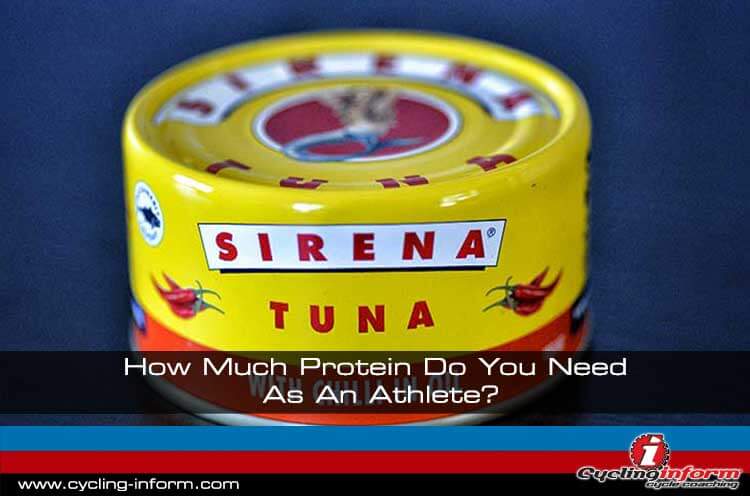
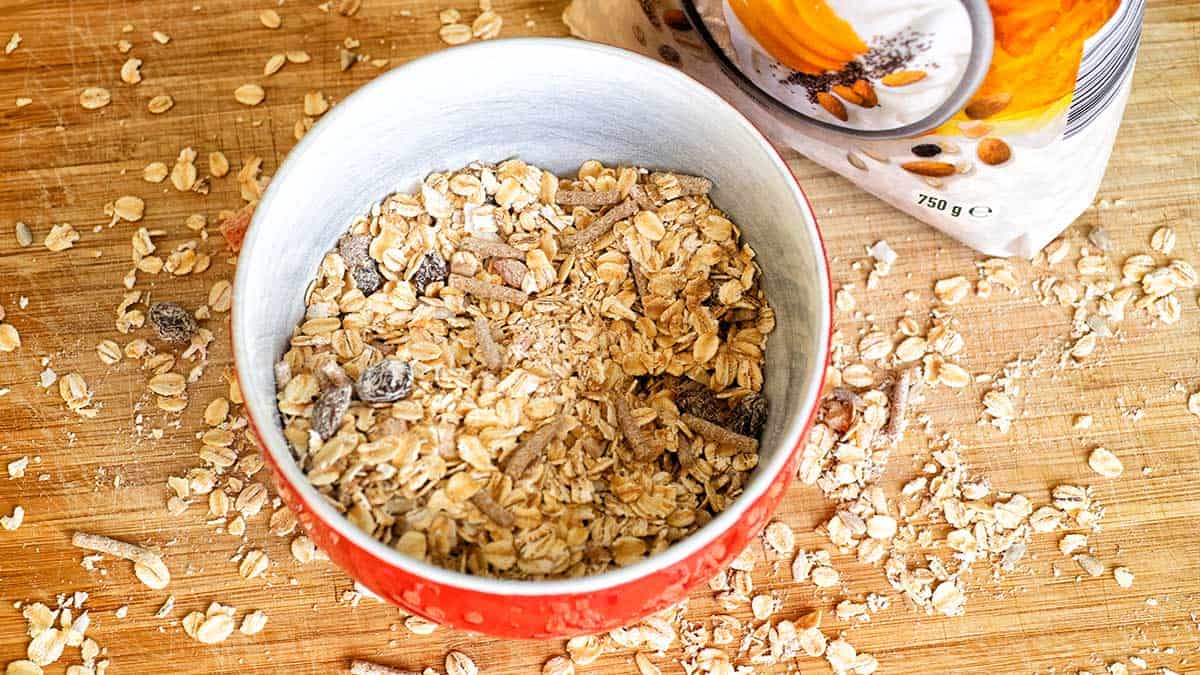
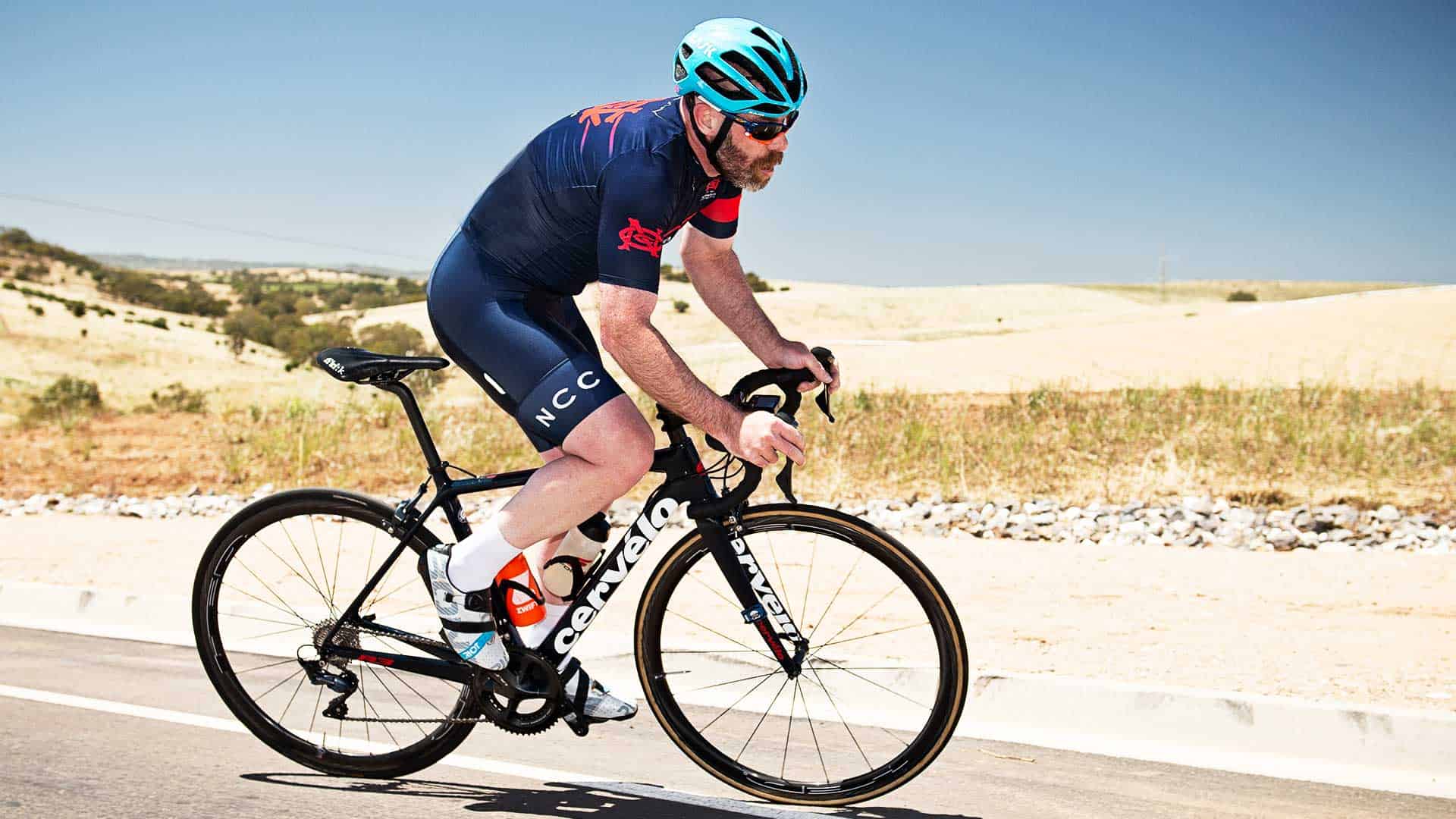
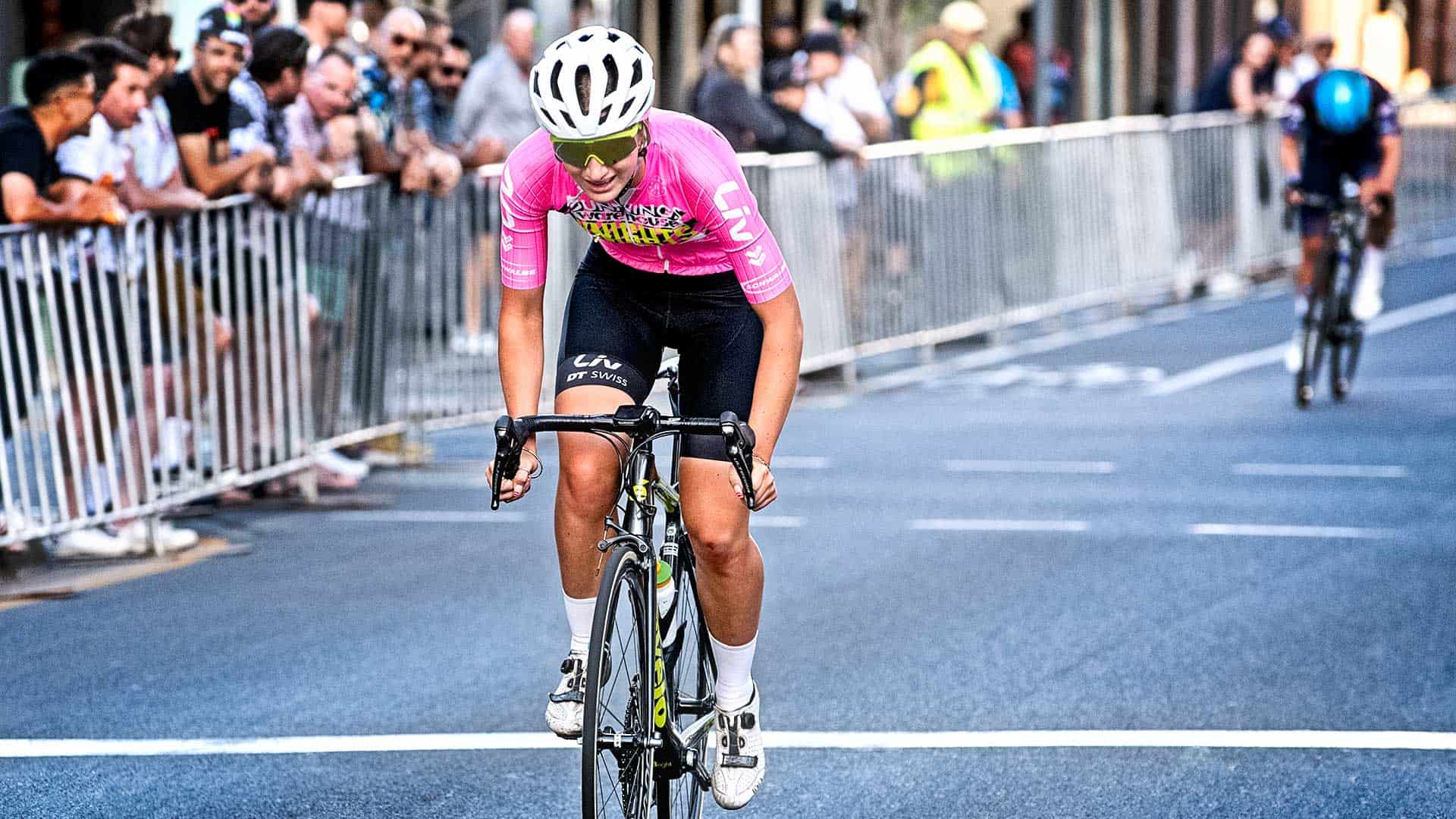
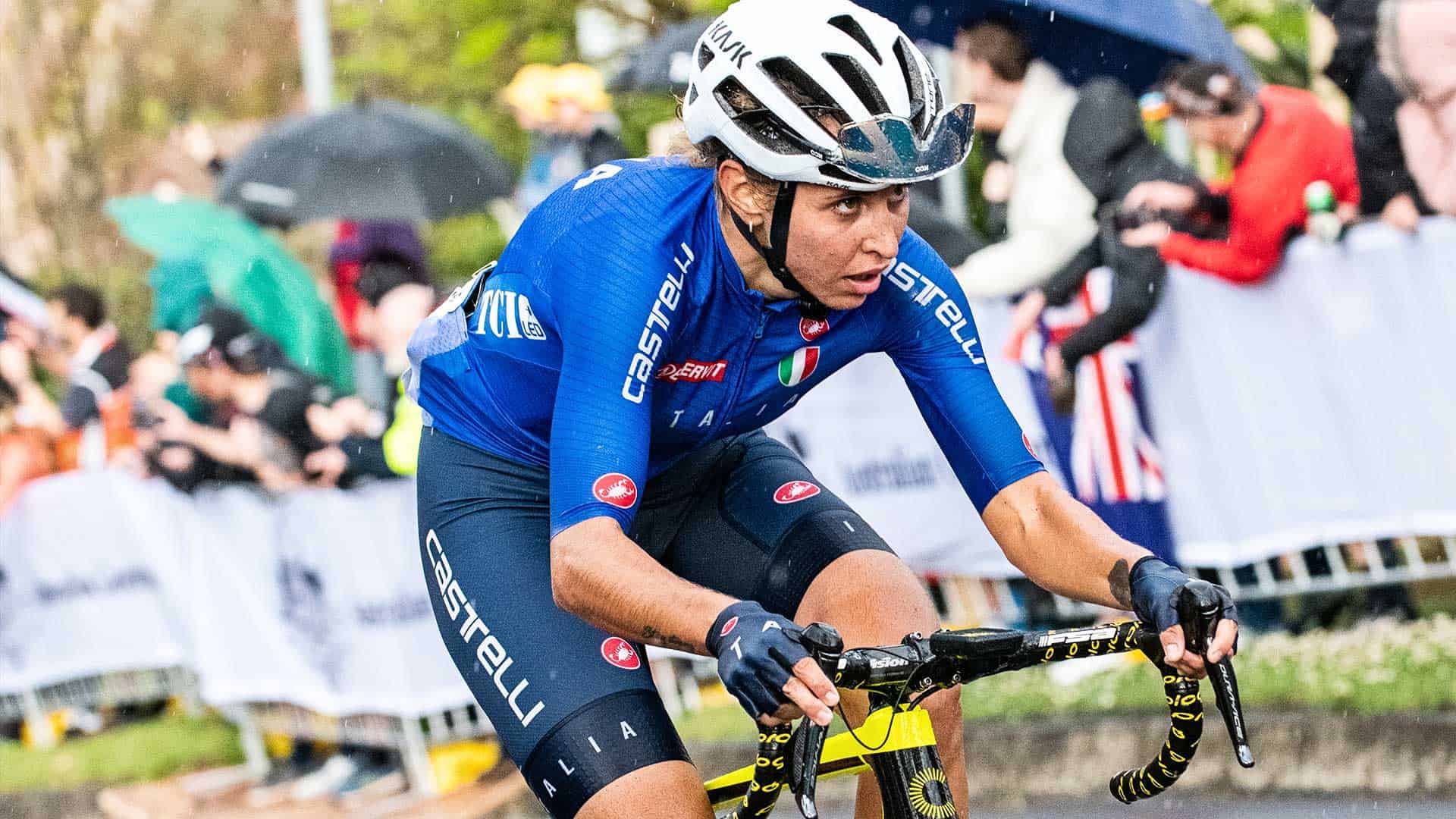
Leave A Comment